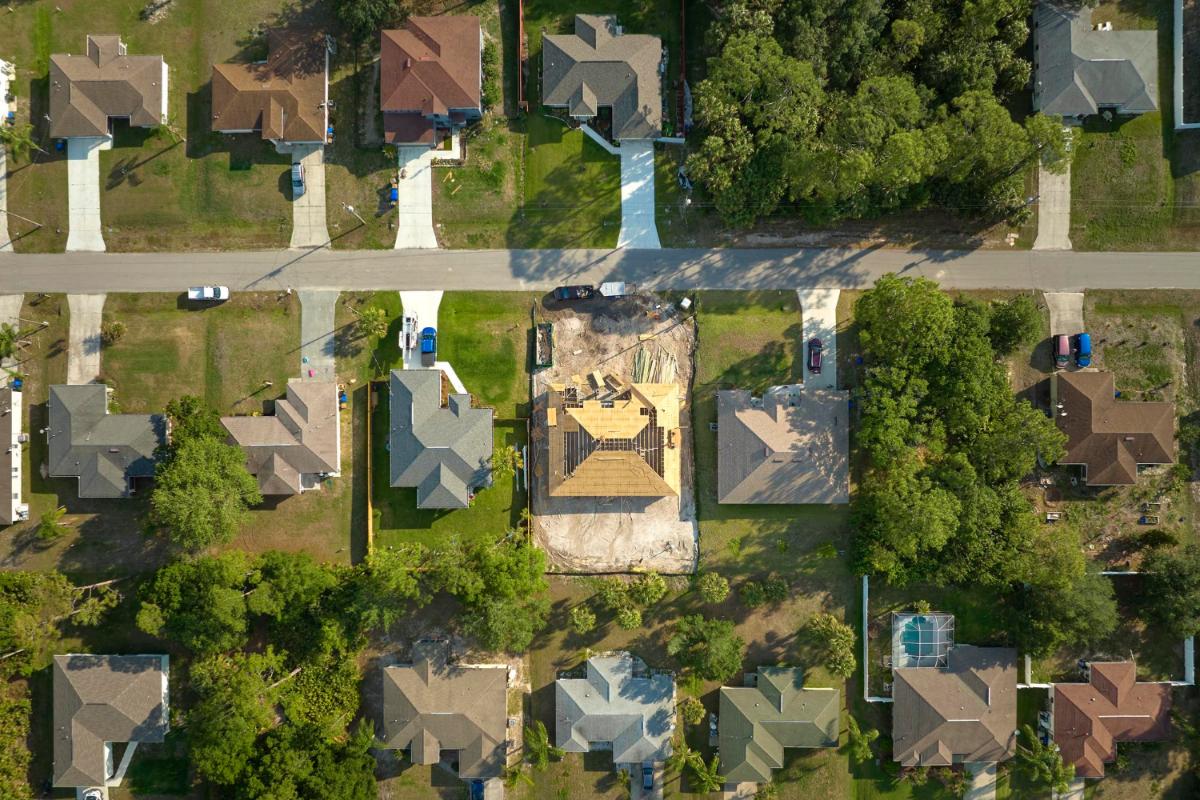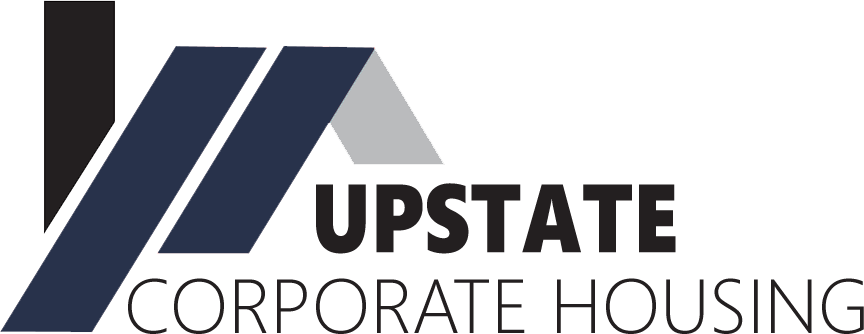Five Qualities of Walkable Neighborhoods

Humans are meant to be involved in their communities, fortifying their bodies and social bonds while getting to know the world around them. There are various benefits of living in a location where you can easily walk to where you want to go. Daily physical activity is proven to be vital for preserving your health and wellness throughout life. Walking is a straightforward form of training that is easy on joints and ideal for emotional well-being. This probably has something to do with the fact that it demands us to go outdoors, which is confirmed to support emotional and mental health by permitting us to spend time in the sunshine–the most promising way to obtain Vitamin D. Living in a neighborhood where you can walk daily can have a serious and enduring impact on the remainder of your life.
Using your automobile less is also helpful to the environment–and your budget. As fuel prices inevitably rise over time, having the capability to walk to get groceries, go to school or work, or visit the park can assist you in saving tons of cash versus needing to drive every day for those essential needs. According to our experts on furnished housing in Greenville, SC, the following are some qualities of walkable neighborhoods.
Developed for pedestrians:
A walkable community is laid out with the protection of pedestrians in mind, with a surplus of room on sidewalks to progress through an area and placing parking lots behind buildings instead of between a structure and the street or sidewalk. This permits walkers or individuals who have cycled to a facility to access it without the chance of experiencing distracted drivers that navigating a parking area would entail.
Inclusive roadways:
Streets in walkable neighborhoods are laid out for all types of transportation–foot, bicycle, and car, with sufficient width for public transport, like buses and ride-share assistance, to efficiently access sidewalks as required while still permitting motorist traffic to move through safely.
Mixed-use and varied income:
Most walkable communities offer various housing alternatives and adapt to the needs of individuals with a broad range of incomes. In addition, if the community's ordinances permit mixed-use, this guarantees that individuals can work, live, and recreate in one location–accessing amusement, jobs, and residential opportunities all within walking distance of one another.
Neighborhood centers:
Main streets work to center walkable neighborhoods and help tie them together, providing an arterial area for the numerous businesses, headquarters, stores, eateries, green spaces, and ample sidewalks needed to support this community's demands.
Reasonable housing:
Access to affordable housing permits individuals who prefer to live in a walkable area to do so with more infrequent economic barriers. Individuals are often drawn to walkable neighborhoods because they hope to save money by not operating cars, which saves on gasoline and prevents adding wear and tear to an automobile. In addition, affordable housing guarantees they can enjoy the other advantages of a walkable neighborhood, like having multiple employment opportunities and methods to supply nearby primary needs.
If you want to live in a walkable community, our experts on furnished housing in Greeneville, SC, are a talented team of rental property specialists who can help you discover a suitable place. So contact us today to allow our expertise to help you move forward with what you really want out of life.
